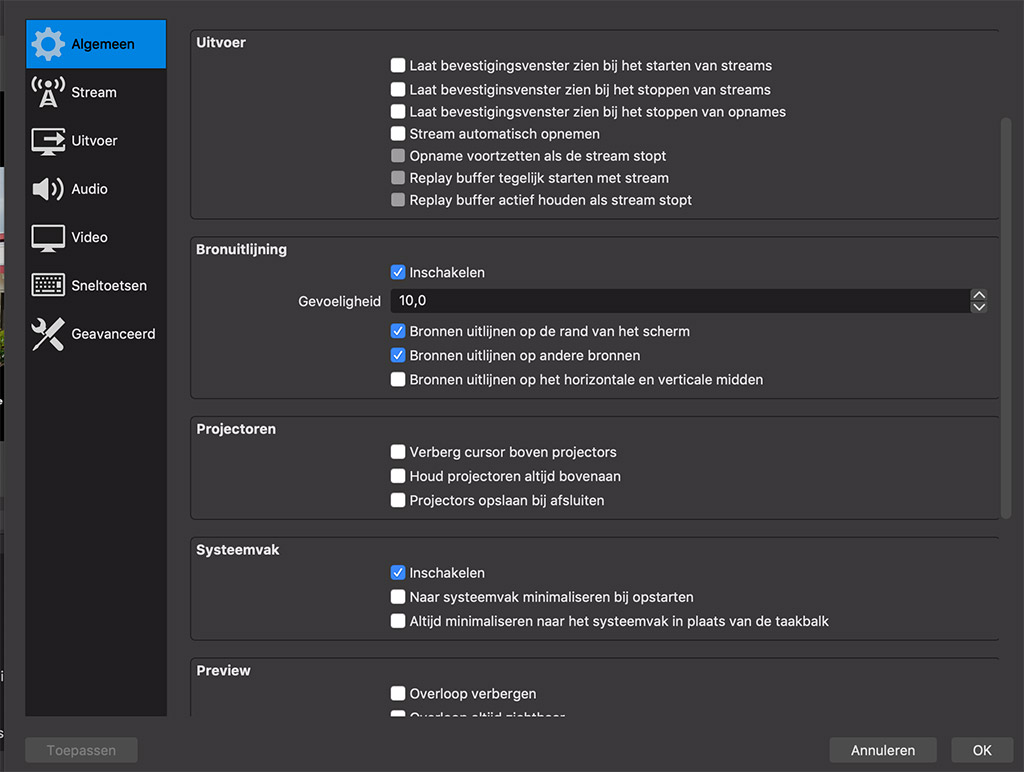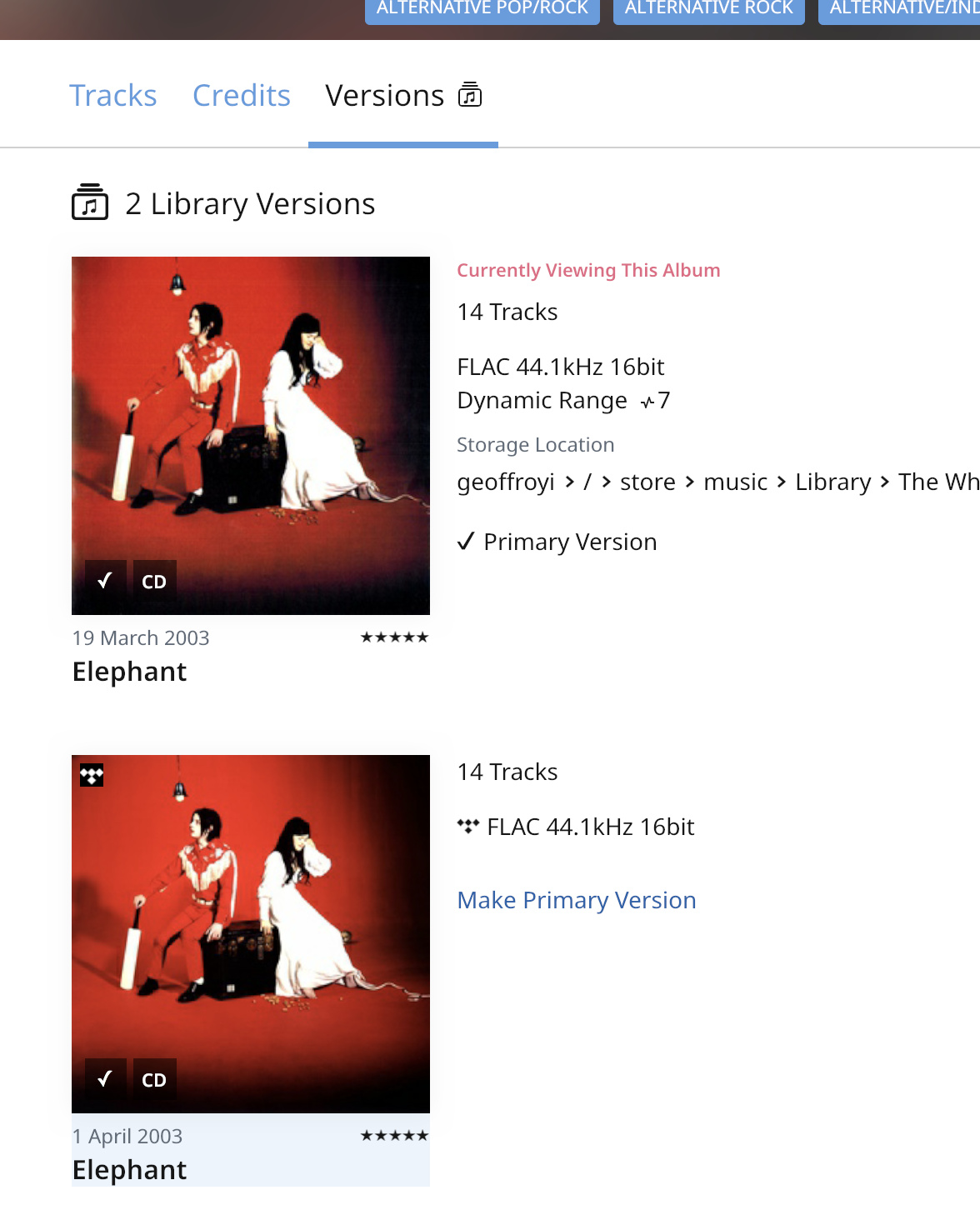

These options are particularly useful when performing live. You can also specify the MIDI channel and note range that the instrument is activated by, as well as assign it to be played on a particular track within Renoise. You can assign individual MIDI input devices to an instrument or even several different instruments. Clicking on the Phrases and Monitor buttons will switch between those two sections. MIDI can be used in the Phrase Editor to compose musical phrases that will be activated when specific notes are played. The MIDI input and output events are listed in the large central panels, where you can also filter the listing of certain events. With the MIDI section you can use external MIDI devices to trigger an instrument in Renoise or vice versa. 1.2.1 Latency Handling with External MIDI Instruments.I mentioned that it's unusually abstract and that things about it can be considered weaknesses or strengths, I think you really have to just use it to know for yourself. You're at the very least going to want to learn a decent number of keyboard shortcuts and develop a basic feel for hexadecimal, which is actually relatively simple to do but it sounds scary to the unitiated Renoise is highly technical and some musicians aren't. It does have the pattern matrix but it doesn't reveal as much as most DAWs, like a pattern's row count can vary wildly but patterns are all the same size or the way samples are triggered means there's no difference between note events and triggering a longer sample that is an audio take I don't mind this at all and generally I see the traditional tracker approach as advantageous but it is something I see get brought up with Renoise. Traditional tracker sequencer doesn't give you much overview of the whole song, it's just one pattern after another. Triplets or dequantized notes are a little trickier than a piano roll. Either you use a standard 16th note 4 lines per beat resolution and have to use other workarounds for shorter notes or you go higher and commit to being zoomed in. *it does have per instrument effects chains now but they aren't compatible with playing instruments in more than one track so you can't really use it flexibly like other trackers This is a minor thing but it adds to me wishing that note columns had nothing to do with effects/the mixer This also means that changing instruments is a two step process as you need to navigate to the proper column and actually change the selected instrument also. I mentioned that Renoise encourages you to use different note tracks for different instruments*.

Audio handling in general can be weird because you're triggering note data and not using the waveform directly on a timeline, it's another thing where it's a bit abstract and this can be a good thing or a bad thing. This is where I feel the most disadvantaged with Renoise is where I wish it were more like other trackers in some ways, it doesn't fully leverage it's potential advantages over mainstream DAWs.Īudio recording isn't it's forte, for electronic this isn't that much of a shortcoming. Normally trackers may actually be more clear in rhythmic interplay because of having all the note data in front of you at once, but I think Renoise loses some of this because it encourages you to not reuse the same tracks for different instruments leading to more off screen or far away stuff than traditional trackers and because it doesn't indicate measures at all making it harder for your brain to sort out patterns. In a piano roll DAW you can easily make out the path of a melody or the shape of a chord, trackers give you less overview of pitch. This can be a weakness OR a strength, some would say it is a good thing.
#Renoise output bitrate windows
Not that Renoise has bad effects-there's a few that I really miss in other DAWs even-but it's another thing where I feel the need to use VSTs potentially negates some of Renoise's advantages, the bottom effects lane and not having windows everywhere is so neat and tidy, direct, and it's easier to automate but you lose a bit of it the more VSTs you use. The DSP lineup could also use some higher quality things. Renoise is like FL or Bitwig in that it's instruments go beyond what VSTs do and offers more integration with everything else in the program, so ideally you want to be using Renoise instruments as much as possible. Stock effects and instruments are weaker than some DAWs in some areas.


 0 kommentar(er)
0 kommentar(er)
